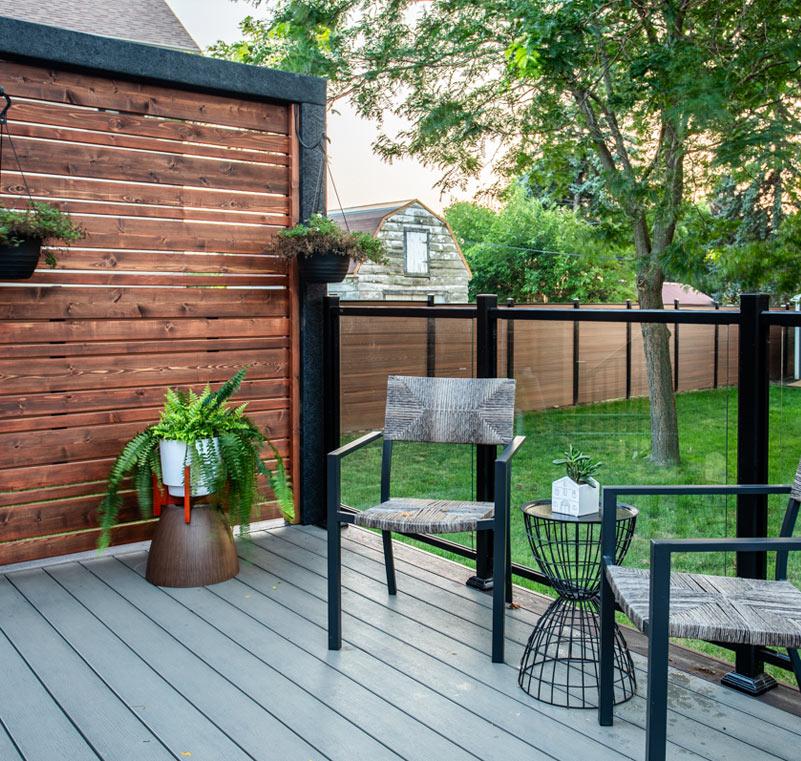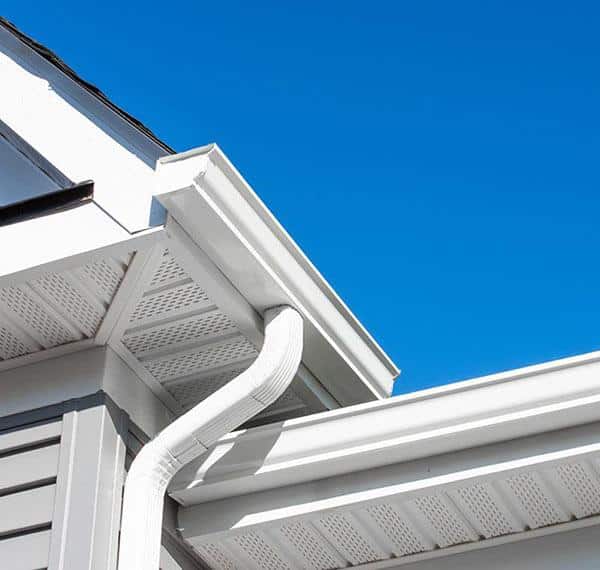Frontier Building Group Bringing Serenity To Your Living Space
Frontier Building Group offers a diverse array of services, including Decks & Fences Solutions, Eaves & Siding Solutions, and Renovations & Additions Solutions, catering to all your construction and renovation requirements.
Proudly Serving: Brantford | Paris | Simcoe | Brant County | Haldimand County | Norfolk County | Surrounding Areas
Give Us A Call
519.448.3946
info@frontierbuildinggroup.com
View Projects
Get A Free Estimate
Getting a free estimate is the first step to kickstarting your outdoor home renovation projects. Contact Us Today!
About Frontier Building Group
A family business since 2007
Fully insured and WSIB certified, we are an experienced and qualified team in a large range of custom built decks, fences, eaves, sidings, and renovation building solutions.
High Quality Guarantee
Indulge in the splendor of exquisite solutions, helping you realize the outdoor oasis you’ve always envisioned. With a steadfast commitment to delivering unparalleled customer service and expert project management, we not only bring your vision to life but also ensure your outdoor space becomes a haven of beauty and functionality tailored to you.
15+ Years Experience
Frontier Building Group boasts a wealth of expertise in the realm of residential and commercial outdoor renovations. Rest assured in our team of skilled carpenters, each a seasoned craftsman in their own right. Our proficiency extends to crafting a diverse array of outdoor solutions, not only pleasing to the eye but also creating a serene and inviting ambiance.
Additional Dwelling Units
Frontier Building Group stands as the foremost expert in crafting personalized and innovative outdoor design solutions for your home. Elevate both the aesthetics and value of your residence with expertly designed custom decks and landscaping enhancements, transforming your outdoor space into a harmonious blend of beauty and functionality.








